5 Ways To Get The Best Out Of Amazon Alexa
Amazon's Alexa turned out to be the holiday guest in millions of homes this year, and that means plenty of people getting to grips with everything their new Echo can do. Although she may be most often seen as a joke-telling, fact-searching assistant, Alexa can do plenty more than that. Read on for five things to do in order to get the most out of Alexa.
Curate your Flash Briefing
If you've ever wanted your own personal newsreader, Alexa is happy to help. Amazon calls its customized reports "Flash Briefings" and, out of the box, they include a fairly wide-ranging array of sources and topics. NPR, the BBC World Service, and the Associated Press all offer a variety of news, entertainment, science, and other stories, finished off with the weather report.
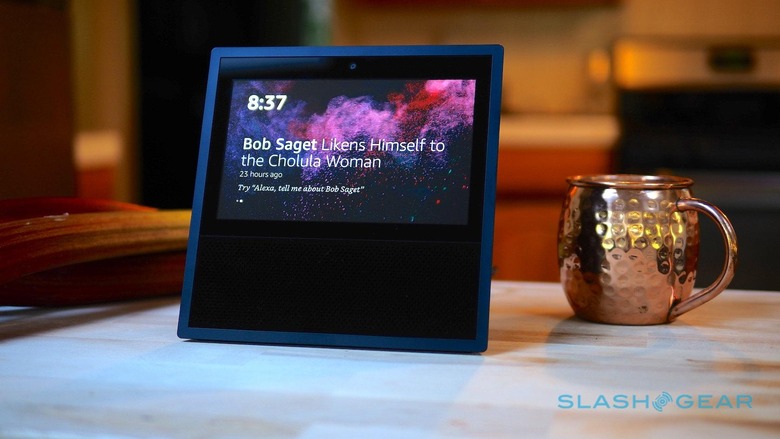
Spend a little time configuring things, however, and your Flash Briefing could be a whole lot more useful. There are thousands of different sources for stories you can add in, from the Wall Street Journal for business topics, through various sports news providers, to horoscopes and tarot readings if you're so inclined. Not only can you add as many as you want, but you can organize what order they're prioritized.
That way, you can have a weather report for the day read out first, then slide into headlines, and finally get more granular as the briefing goes on. There's also a "Today in Music" option which will throw in some topical music news and the latest tracks. Alexa will read it all out when you ask "Alexa, what's my Flash Briefing?"
Start making free phone calls
Sometimes you don't just want to talk to Alexa, you want to speak with another human. Amazon is offering free voice calls made through Echo devices to numbers in the US, Canada, and Mexico. Better still, your own phone number will show up as the Caller ID.
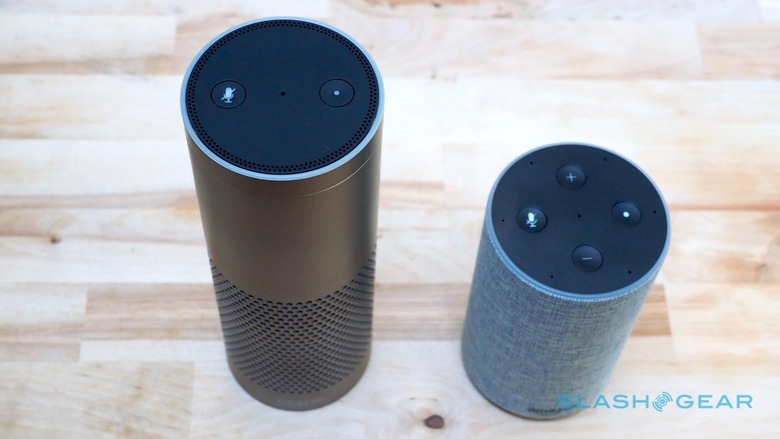
If you don't want to do any setup, you can call out a number to have Alexa dial. Saying "Alexa, call 844-582-5392," for instance, will place a call to that phone. However, if you grant Alexa access to your contacts, you'll then be able to ask for calls by name, including specifying their landline or mobile if relevant.
Alexa calls can be made to most phone numbers in the US, Canada, and Mexico, as well as between Echo, Echo Dot, Echo Plus, Echo Spot, and Echo Show devices, and the Alexa app. Unfortunately there's no support for receiving incoming calls on an Echo device from a phone number at this stage.
Set up voice profiles
Originally, Alexa focused all her attentions on just one person. With the arrival of voice profiles, however, your Echo can differentiate between multiple people, and tailor the information they each hear accordingly. To do that, you'll need to first teach Alexa your voice.
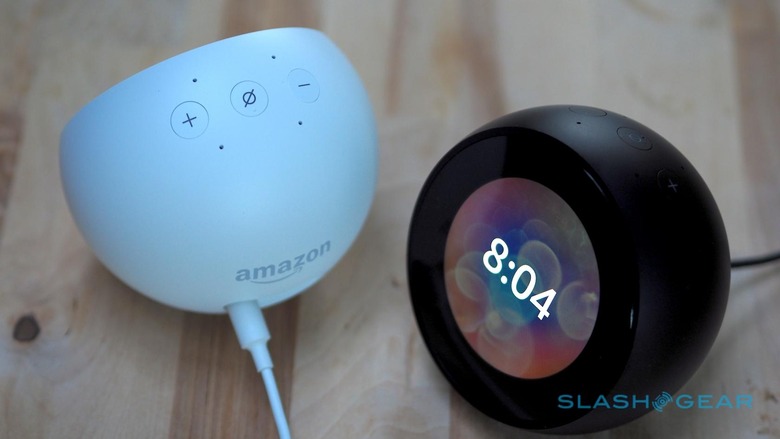
That involves reading out ten phrases within earshot of the nearest Echo speaker. From that, Alexa builds an acoustic profile by which to recognize you. With that, she can automatically use your own Amazon shopping account when you order something by voice, pull up your own news preferences for Flash Briefings, and use your own contacts for voice calls and messages. If you've got an Amazon Music Unlimited Family Plan, Alexa will also use Voice Profiles to switch to the correct account when you ask for playlists and favorites.
Hook up your smart home
If you've ever wanted to control your home gadgets as though you were on a Star Trek spaceship, Alexa has you covered. Indeed, voice control over your lights and other devices is one of the areas where an Echo is most useful. There's a little setup involved, of course.
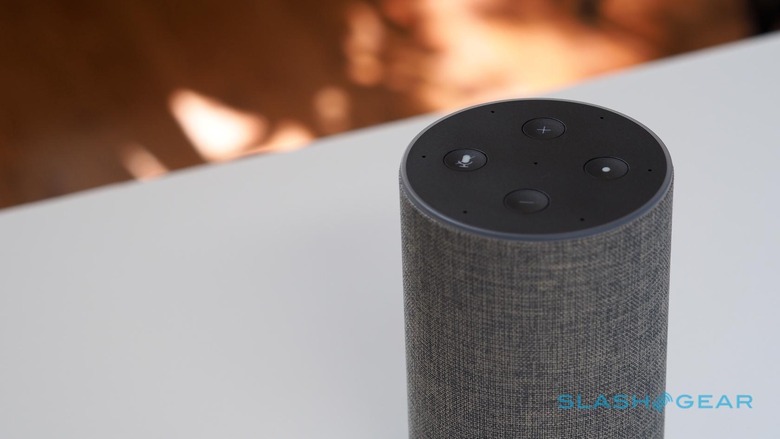
For a start, you'll need a connected device. Lights are often a first port of call for those new to the smart home – like Philips' Hue or TP-Link's Smart Bulbs – and, once you've registered them with Alexa, you can command them by voice and even change their color, bulb depending. Saying "Alexa, discover my devices" will prompt the assistant to hunt down anything that's compatible.
The same goes for connected thermostats. If you've got a Nest, ecobee4, or various other smart HVAC controllers you can ask Alexa to turn the heating or A/C up or down. Even if you're just trying to control a fan or simple space-heater there's an option: many smart plug adapters have Alexa support, so you can switch on and off whatever is connected to them. That could include lamps, Christmas lights, or anything else.
Cook up some routines
Once you've got a few devices and services working with Alexa, it's time to make your smart home even smarter. Amazon recently added support for "Routines" to Echo, allowing you to trigger a number of commands with a single phrase. You could use Routines, for instance, to turn off all the lights and lock the doors when you say "Alexa, goodnight."
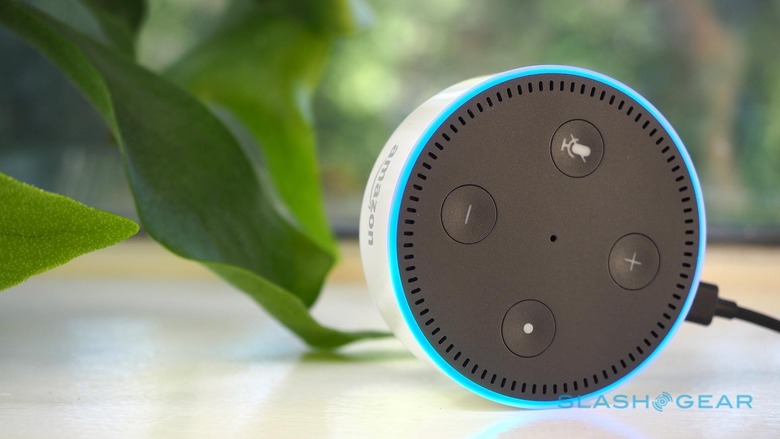
Alternatively, there's support for even more automation. You can have Routines take account of specific times: the lights could come on at 6am on a weekday, but 9am on the weekend, for instance. Routines are set up in the Alexa app, and even if you don't have a house full of smart home gadgets you can still have Alexa read out the news or weather, or give you a traffic report. Best of all, if you add more Echo devices – whether a cheap Echo Dot or a new Echo Spot – it will automatically recognize all the Routines you've already set up.
